Bhutan is a small country with a total of 47,000 sq km land area and a total population 700,000 people relying mainly on agriculture and forestry as a means of livelihood. Apart from the lush greeneries and colourful temples, Bhutan takes pride of its well-preserved culture, tradition and the principle of “Gross National Happiness” (GNH).
I went to Bhutan as a participant to the Chula University Right Livelihood Summer School (CURLS). It is a study-cultural exchange to learn more about food sovereignty and sustainable agriculture in the context of the Bhutanese culture. I was excited to be in the trip because I have learned beforehand that Bhutan is a carbon-negative country with a self-sustaining agricultural system – something most countries should emulate nowadays.

The trip started off in the Royal University of Bhutan where my fellow participants and I were given an overview of the country. This is where we have learned that the Bhutanese constitution ensures protection of the forestry and that it has remained independent versus the WTO, IMF and the World Bank.
There were 25 participants in the CURLS coming from different countries around the world. It is safe to say that the village trip is the most memorable part of our trip to Bhutan. We lived in three separate villages for three (3) nights and three (3) days. We were accommodated by our hosts wherein we lived with, shared their food as well as their stories.
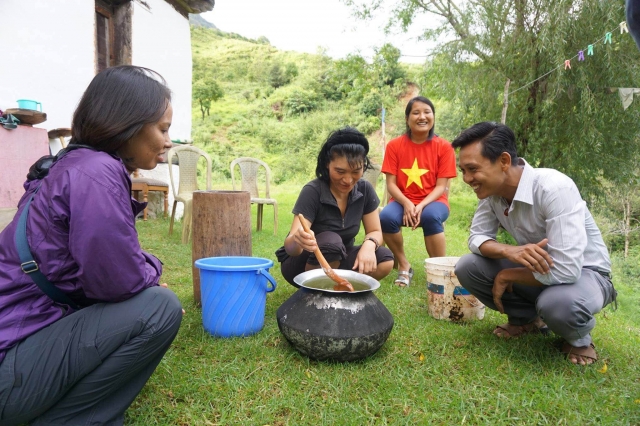
We entered the village wearing traditional costumes for women called Kira. Kira is a three-piece clothing with ankle-length skirt, an inner long sleeve blouse and an outer long sleeve blouse clasped together by a Kira belt and fancy brooches. The fabric is usually made from warm, hand-woven cotton – perfect for the chilly weather.
We stayed with the family of Amm Khandu in Jazhika village, Shengana, Punakkha Valley. She is a 43 year old woman and is the head of her household. Her livestock is a constant source of fresh milk, butter, cheese and eggs every day for the whole village. She, her family and other neighbours work together in the farm.
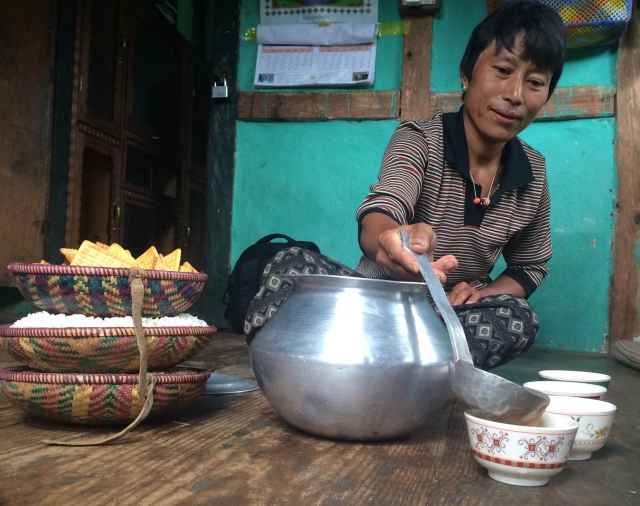
The young help feed the chickens and cows from kitchen scraps and pick edible mushrooms from the forest. The older people keeps traditional seeds and farming methods. Her neighbor’s elder keeps a heirloom of traditional seeds consisting of beans, cucumber and different variety of chilies.
She practices organic farming and enjoys bountiful harvests from her rice and buckwheat farm of three (3) hectares. True to their natural and organic lifestyle, Bhutanese farmers usually use the combination of ashes (from burnt wood and leaves) and neem oil as pesticides.
I have also learned that their government gives them a lot of support such as free water supply, farming inputs and sometimes even livestock. Farmers are also encouraged to join the community forest group as their contribution to conserve and protect their country’s natural resources.
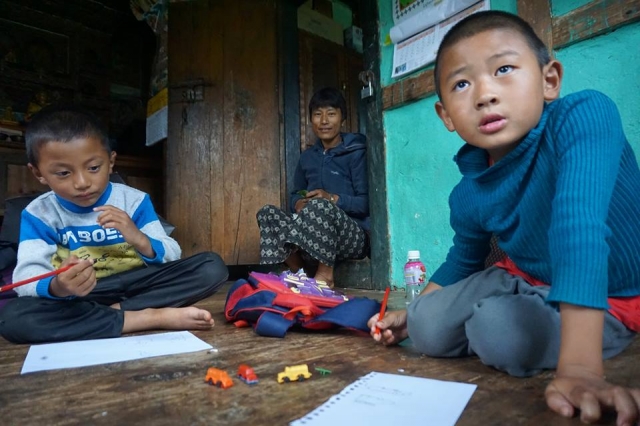
Children enjoy free education and medication. I saw them roaming freely and happily around farms, hiking within the hills, playing in the river and sometimes even in the forest when accompanied by a guardian. Indeed, a bright and pesticides-free future awaits them.
###
*Kadrinche means “thank you” in Dzongkha, Bhutan’s national language
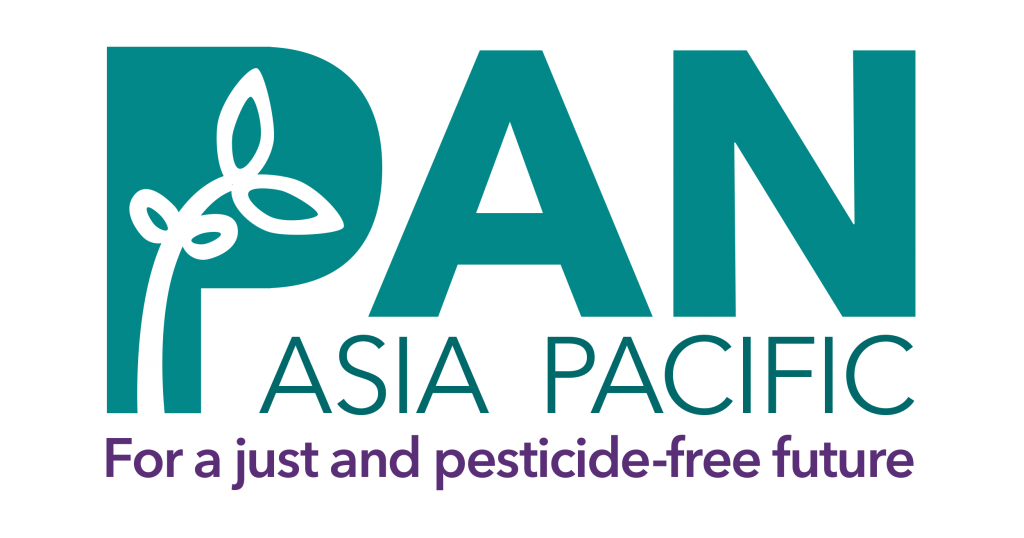




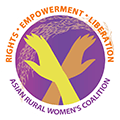


Discussion about this post